PRESERVING A MILITARY LEGACY FOR FUTURE GENERATIONS
The following Reflections represents AOM2C Barnett Solomon’s legacy of his military service from 1944 to 1946. If you are a Veteran, consider preserving a record of your own military service, including your memories and photographs, on Togetherweserved.com (TWS), the leading archive of living military history. The following Service Reflections is an easy-to-complete self-interview, located on your TWS Military Service Page, which enables you to remember key people and events from your military service and the impact they made on your life. Start recording your own Military Memories HERE.
Please describe who or what influenced your decision to join the Navy.

I graduated from high school a couple of months before my 17th birthday. WWII was in its third year, and I wanted to join the Army Air Corps and become a pilot. My parents refused to sign the permission papers necessary to join the armed forces at 17. After completing one year of college and just before my 18th birthday, my parents said they would sign the papers. Upon trying to join the Army Air Corps, I was rejected because I was underweight for my height.
I went to the Navy recruiting office across the street and joined the V-6 program to become an aerial gunner. They said this was perfect for a turret gunner on an airplane, which sounded OK to me. With my parent’s permission, I signed up on August 3, 1944, passed the physical exam and left home for boot camp on August 16.
Whether you were in the service for several years or as a career, please describe the direction or path you took. What was your reason for leaving?
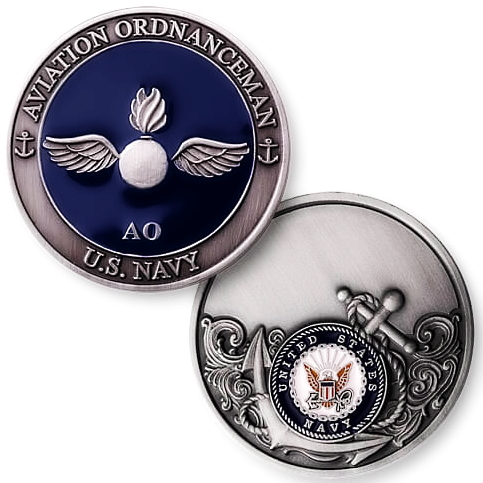
During WWII, travel by train was most difficult. Our train was filled, actually over-filled, with men going into service. Troop trains carrying active service personnel headed to battle stations took precedence over all other trains, so we had to wait on the sidelines while troop trains had the right-of-way. Needless to say, our trip from Dallas, Texas, to Jacksonville, Florida, took several days.
Boot camp was at NAS Jax. Originally, boot camp was 12 or 13 weeks in duration, and the fellows I started boot with were there only six weeks, apparently because things were not going so well for the Navy in the Pacific at the time.
After leaving boot camp, I was sent to aviation ordnance school in Norman, Oklahoma.
This course taught aerial weaponry. Everything from the .38 caliber pistol, the Thompson sub-machine gun calibers .30, and 50 aerial machine guns to the 20 mm aircraft cannon. In addition, ordnance included bombs, torpedoes, depth charges, and pyrotechnics—all types of aircraft armament. Interestingly, we also studied radar operations, which were secret at the time. And also had to learn to send and receive Morse code. While at Norman, we also began primary gunnery, shooting at clay pigeons with shotguns! The school at Norman was an 18-week, three shifts, 7-days-a-week operation with shift changes every three weeks!
Upon completing aviation ordnance training, I was promoted to 3rd Class AOM and sent to operations. Although I was slightly over the height limit, I was designated to become a turret gunner on the avenger (TBM) torpedo bomber. In operations, we began flying, learning aerial gunnery, and hitting a moving target from another moving plane. The avenger required a crew of 3; I joined our pilot and radio/radar operator, who was also going through operations to build a fighting team. Upon completing flight operations, I was promoted to 2nd Class AOM and received my aircrewman wings.
If you participated in any military operations, including combat, humanitarian and peacekeeping operations, please describe those which made a lasting impact on you and, if life-changing, in what way?

Fortunately, there was only one incident during one of our flights when I got a little uptight. We flew north out of our home base at Opa Locka, Florida, to pick up a dummy torpedo at Fort Lauderdale for torpedo practice over the Atlantic.
While a dummy torpedo has no explosive on board, it carries enough propellant to make a fairly good-sized explosion upon contact. It is a double hazard considering that the plane was also loaded with a high-octane fuel torpedo. We had just taken off and were climbing to a high altitude when a very loud grinding noise broke the silence. My position in the turret was directly over the radioman’s head, and when I looked down, I could see he was covered with hydraulic fluid. The copper line out of the accumulator tank had sprung a large leak, and we had zero hydraulic pressure. Since my turret was so tight, I could not wear a parachute in flight, and mine was secured below against the fuselage with bungee cords. It was soaked with hydraulic fluid. With no hydraulic pressure, we were presented with several problems. First, without pressure, we could not open the Bombay doors to jettison the torpedo, we had no flaps to slow down the plane for landing, one wheel would not lock for landing, and I had a wet chute!
The pilot declared an emergency upon returning to Opa Locka. They advised us to continue circling the field to use up fuel and perform some violent shaking maneuvers to attempt to lock the one-wheel into place. The fluid leak had begun to affect the radio since the receiver was close to the leaking tank. We were told to buzz the tower, and they would try to determine if the free landing gear strut had locked into place. The last word out of the failing radio is that “your gear is down and apparently locked.” The operative word was “apparently,” which sounded a little ominous. The dilemma was to land the heavily loaded plane with a torpedo that could not be jettisoned with no flaps to slow the plane to a normal landing speed of 80 knots. To make a long story a little shorter, our pilot was greased in that heavy plane, and fire engines met us on both sides of the runway as we used up. The entire runway with little to no brakes! I picked up my wet chute, and we 3 got a jeep ride back to the hangar for a debriefing.
Upon completing operations, our flight- about 30 of us, ten pilots, radiomen, and gunners- was sent to the North Island off San Diego. We joined CAG-98 to await a carrier to take us to the pacific theater. While we waited, the first atomic bomb was dropped on Japan, signaling the end of the war.
Did you encounter any situation during your military service when you believed there was a possibility you might not survive? If so, please describe what happened and what was the outcome.
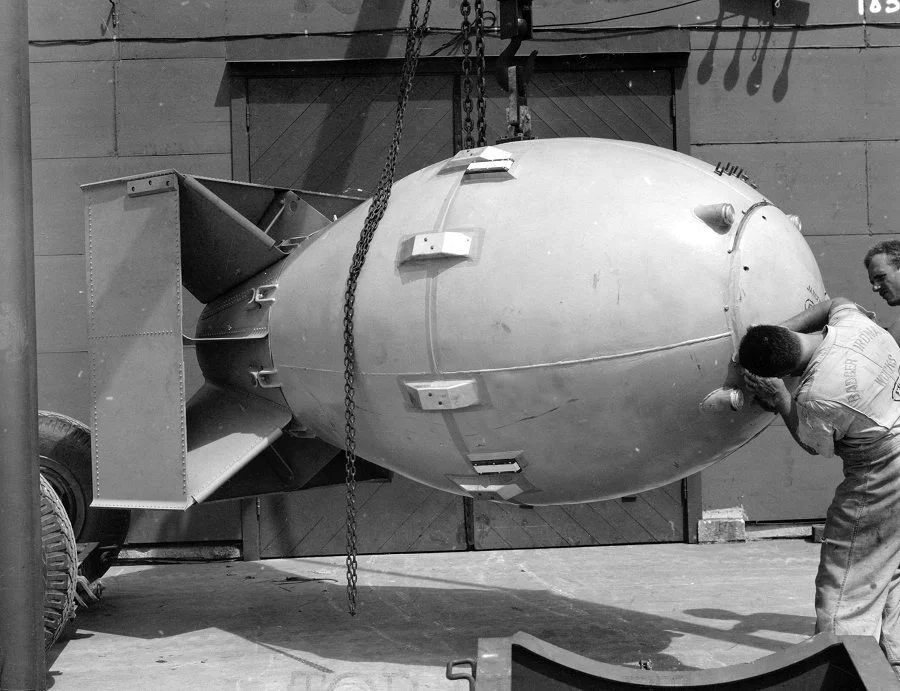
One frightful incident is described above. Our group never got into combat. We did do a little sub-hunting over the Atlantic while in operations on the east coast, but nothing heroic. After completing training, we were sent to San Diego’s north island on an aircraft carrier; the two atom bombs dropped on Japan ended the war before we deployed.
Eventually, we were sent to our home naval districts to be discharged. I ended up on the Gulf Coast at the Orange Naval Shipyard and was discharged just in time to arrive home in Dallas, Texas, on the night of my 20th birthday. Thus, the end of my navy duty.
Of all your duty stations or assignments, which one do you have fondest memories of and why? Which was your least favorite?
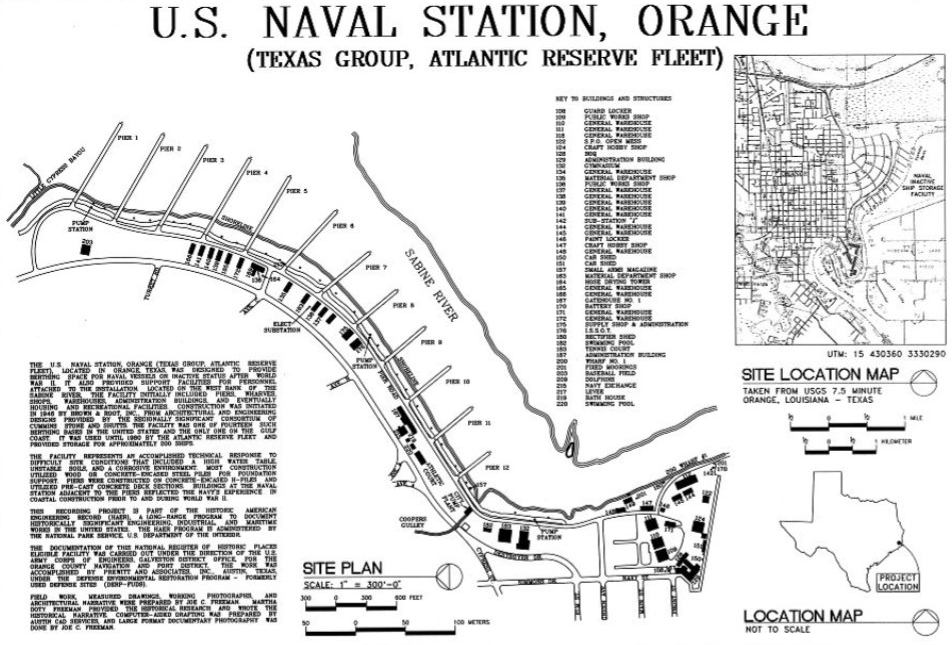
NAS Opa Laca, Florida, was the best station as we flew a considerable amount during training.
The worst location was the cramped barracks at the Orange Naval Shipyard awaiting discharge.
From your entire military service, describe any memories you still reflect back on to this day.
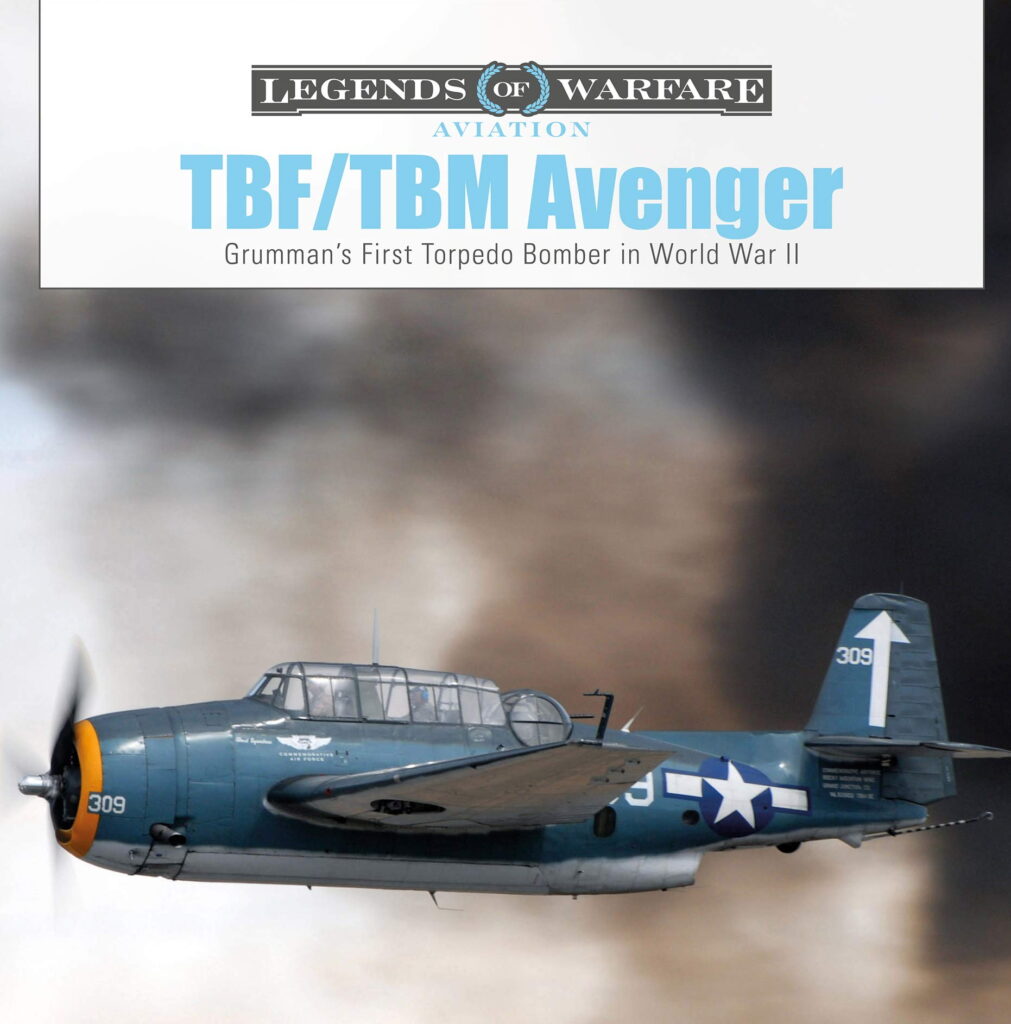
Gunnery school was exciting for a young sailor. I was flying in the turret of a TBF Avenger and firing live ammunition at tow and ground targets, simulated bombing, and torpedo run.
What professional achievements are you most proud of from your military career?
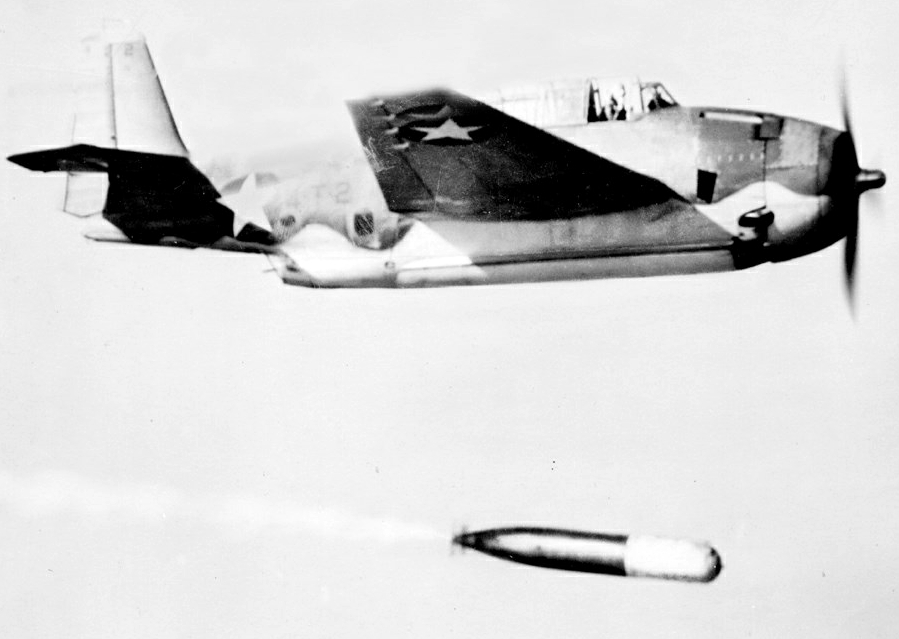
Having the ability to diagnose and repair various malfunctions on some sophisticated weaponry in an aircraft.
Of all the medals, awards, formal presentations and qualification badges you received, or other memorabilia, which one is the most meaningful to you and why?

My Aircrewman Wings were the most meaningful upon completing several months of intense ordnance and gunnery training.
Which individual(s) from your time in the military stand out as having the most positive impact on you and why?
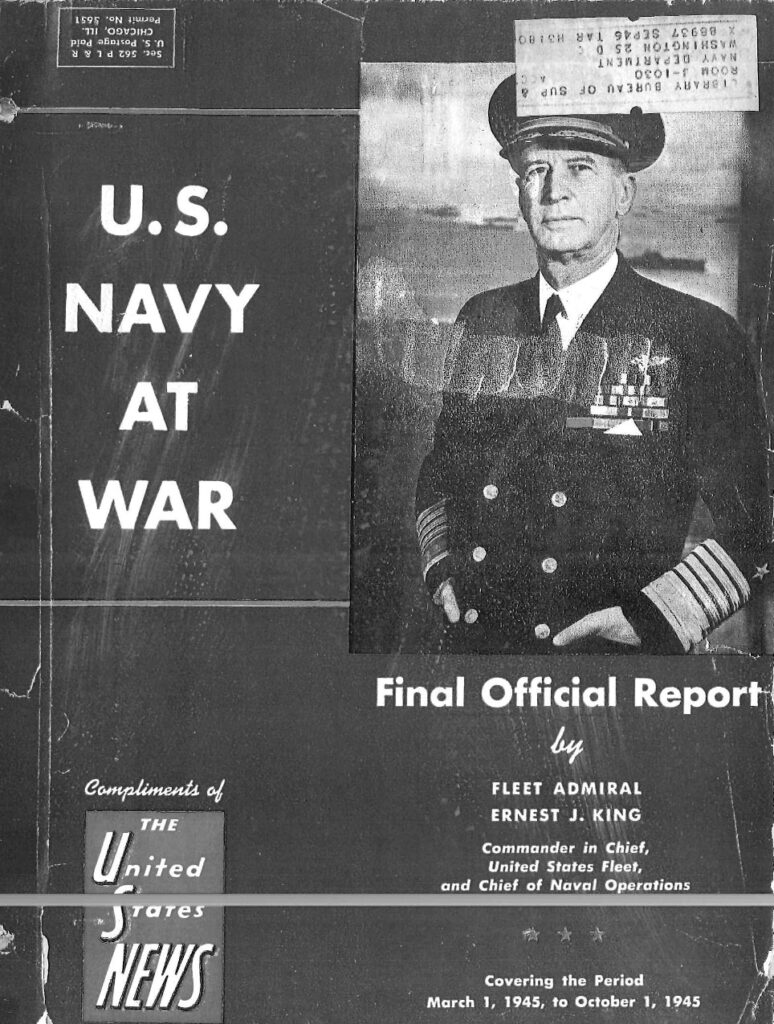
Technical instructors were extremely well qualified to teach the day’s most sophisticated military ordnance equipment.
List the names of old friends you served with, at which locations, and recount what you remember most about them. Indicate those you are already in touch with and those you would like to make contact with.
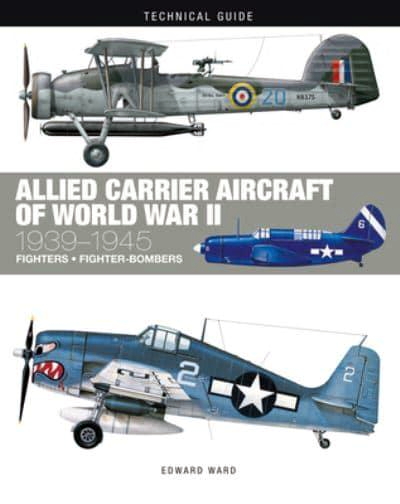
Clifford “Red” Thomas was the radioman on our aircraft.
Joe Whitaker was our pilot.
Joe Stonich and Eddie Obradovic were great friends.
These men and I went through most phases of our training together. As I record this in 2022, these men would be in their mid 90’s, and I have never been able to contact them.
Seventy-five years is a long time!
Can you recount a particular incident from your service which may or may not have been funny at the time but still makes you laugh?
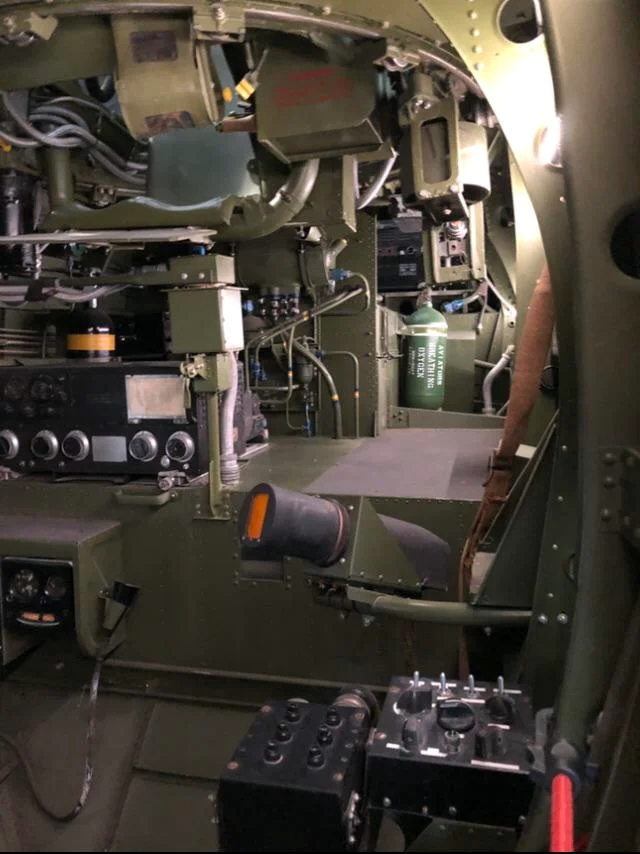
One day while on a training flight about 200 miles out over the Atlantic, where a considerable number of allied ships were being sunk by Nazi submarines, we received a target blip on our radar. It was a very small blip picked up on the 10-mile range. We deviated our training flight to investigate if a surfaced submarine was in the area. When we were about 200-yards from the target, it appeared that a man was clinging to a large log floating on the surface of the sea and frantically waving to get our attention. We descended to about 200 feet off the water and, upon our fly-by, discovered it was a very large seagull-type bird sitting on a log and flapping its wings now and then while resting! Our crew had a good laugh. An event I’ll never forget!
What profession did you follow after your military service, and what are you doing now? If you are currently serving, what is your present occupational specialty?

Following my service, I was discharged in 1946 at age 20 and resumed my college study in mechanical engineering.
I worked on various engineering projects at Western Union and later at General Electric co. My final assignment was 37 years at Texas Instruments, where I retired as facilities manager of the u.s. operations in 1989.
What military associations are you a member of, if any? What specific benefits do you derive from your memberships?
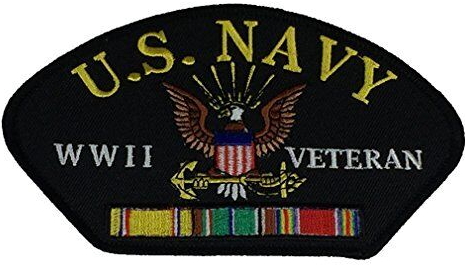
No membership in any military associations at this time. As of this writing, in August 2022, I’ll be 96 years old!
There are very few WWII veterans to reminisce with who are still alive!
In what ways has serving in the military influenced the way you have approached your life and your career? What do you miss most about your time in the service?
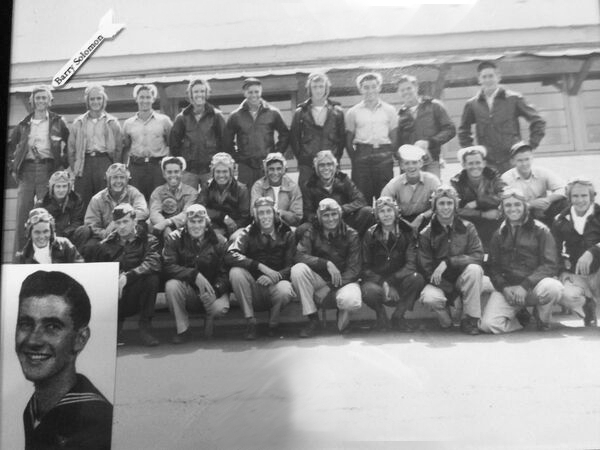
Solving problems through a disciplined, tried, and true approach was learned in the Navy.
I miss most the 24-hour-a-day association with young men unified in one goal. Winning a war and going home!
Now, at 96 years of age, I’ve not been able to locate any buddies after 78 years; very few of us left. We were just a bunch of young guys, all volunteers and anxious to do our part.
Based on your own experiences, what advice would you give to those who have recently joined the Navy?
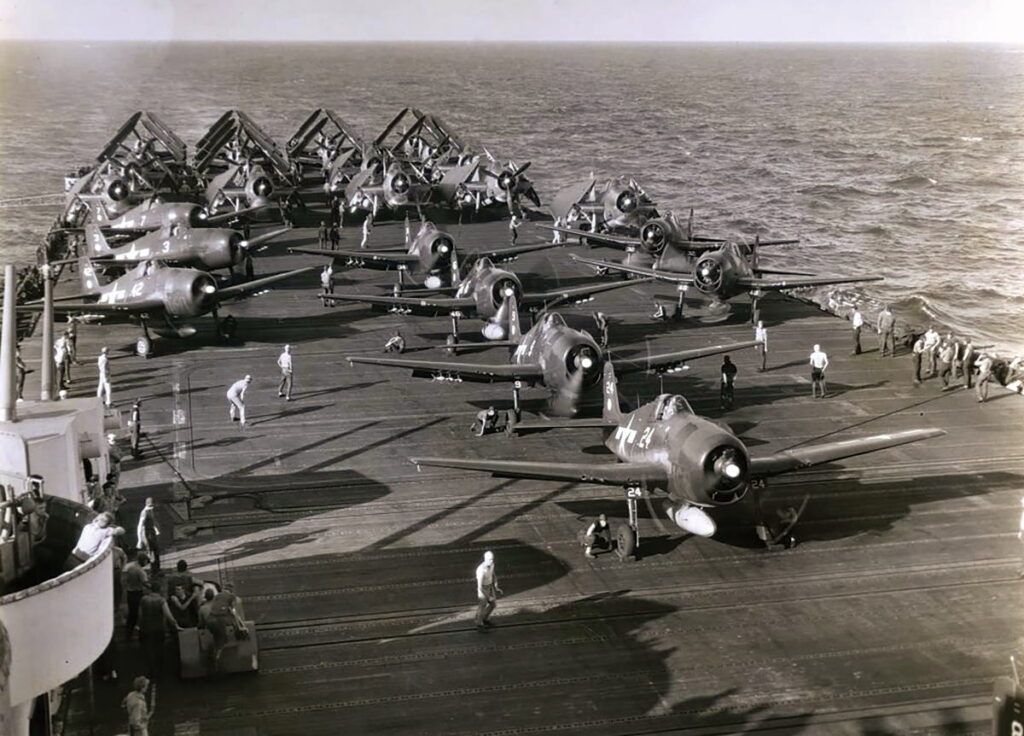
Pay attention to what you are being taught. It might just save your life someday!
In what ways has togetherweserved.com helped you remember your military service and the friends you served with?
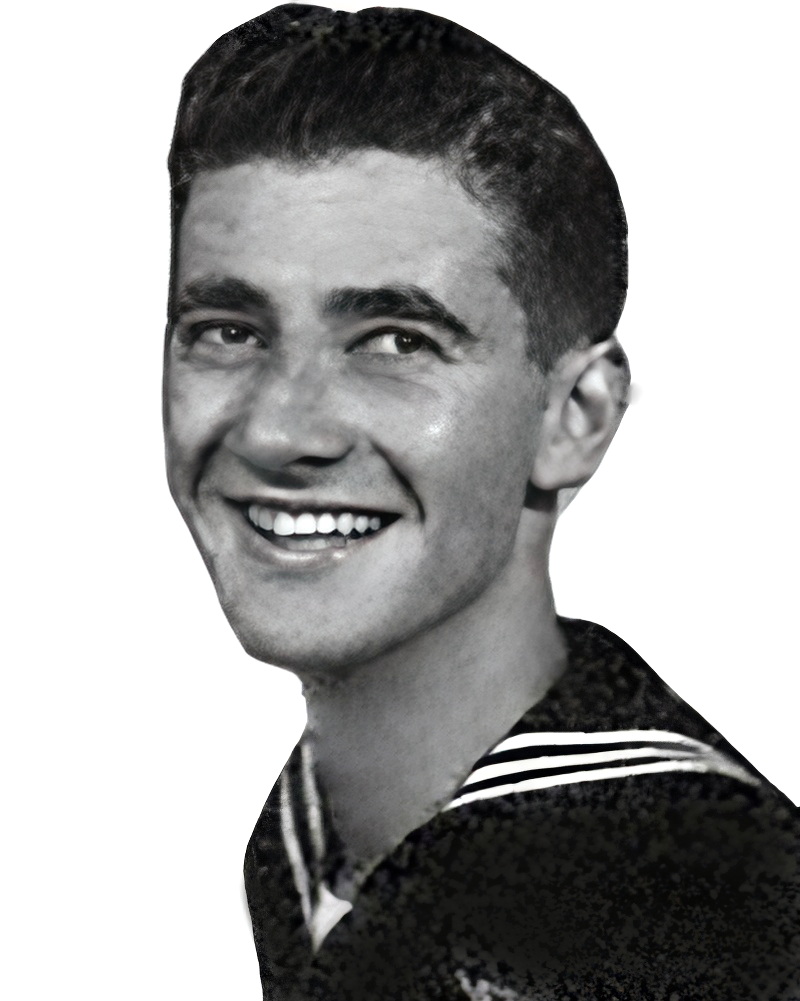
The fact that I joined the Navy at 17 years old in 1944 and TWS has asked me to review a part of my life never to be forgotten.
PRESERVE YOUR OWN SERVICE MEMORIES!
Boot Camp, Units, Combat Operations
Join Togetherweserved.com to Create a Legacy of Your Service
U.S. Marine Corps, U.S. Navy, U.S. Air Force, U.S. Army, U.S. Coast Guard
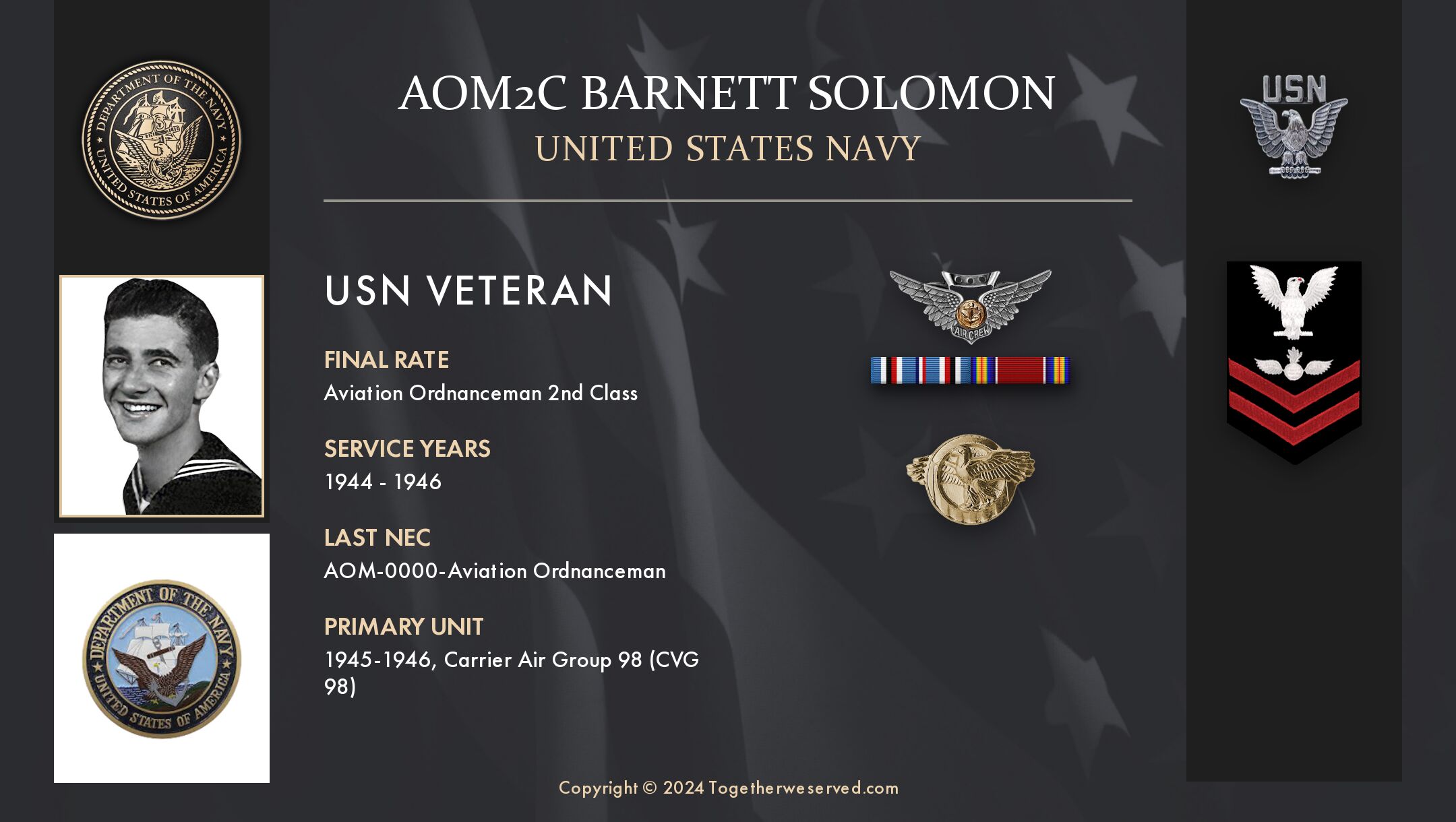
0 Comments